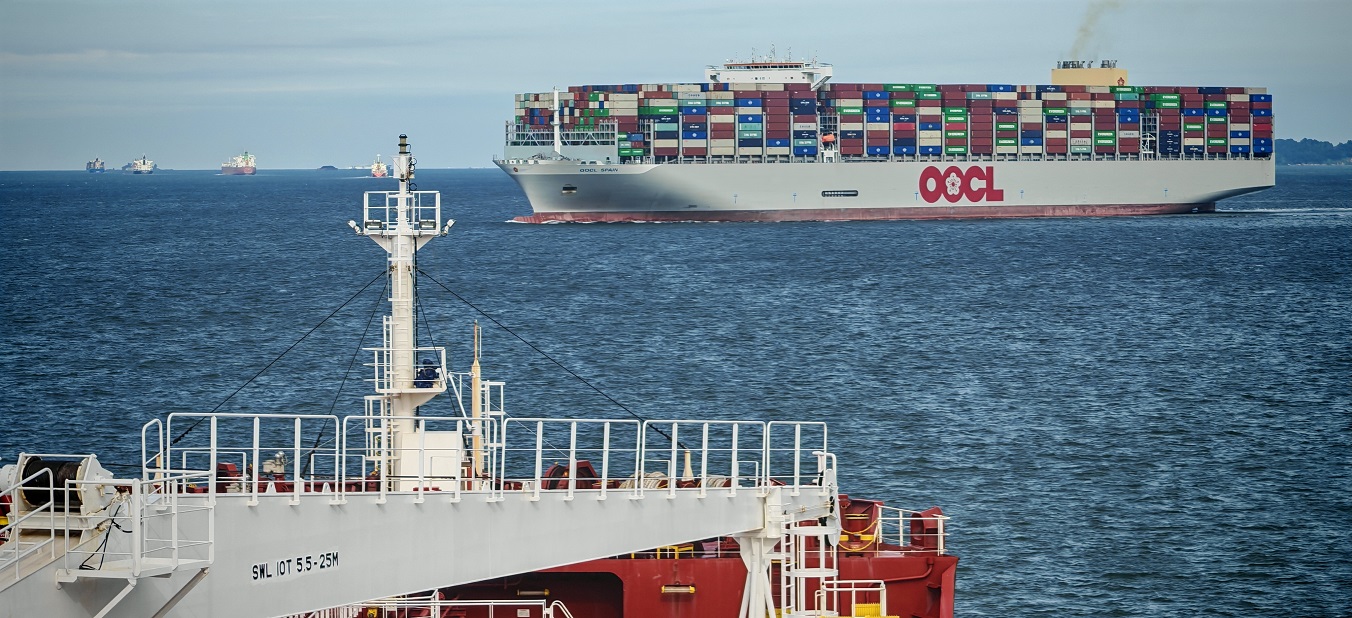Editor’s Note
In this vivid and insightful account, Captain Tomasz Babicz, a seasoned master mariner, shares his real-life experience of navigating the Singapore Strait — not once, but three times in a single day. With humor, humility, and practical wisdom, Capt. Babicz offers readers a firsthand look into the challenges of piloting through one of the world’s busiest maritime routes. This account is not just a story — it’s a lesson in seamanship and situational awareness.
Navigating the Singapore Strait: A Humble Mariner’s Guide
By Capt. Tomasz Babicz, Reader and Contributor, Maritime News

The Singapore Strait, about 70 nautical miles long, is one of the busiest maritime routes in the world. Statistics indicate that up to 1,000 ships transit the strait daily. Including local ferries, service craft, and fishing boats, total daily vessel movements can exceed 3,000. Navigating this high-traffic area is both a challenge and a chance to gain valuable experience.
Key Considerations for Passage
Insights from Capt. Tomasz Babicz
1. Engine Readiness
Always keep your main engine ready to reduce speed instantly. Larger vessels with fixed propellers cannot afford delays when shifting to maneuvering mode.
2. Follow Singapore VTS
Singapore’s Vessel Traffic Service (VTS) is highly effective at managing traffic. Listen to their instructions on slowing down, giving way, or maneuvering through the Traffic Separation Scheme (TSS). They may also direct overtaking or lane changes.
3. Communicate Clearly with VTS
Informing VTS of your intentions enhances safety and traffic management. The more they know, the better support they can offer.
4. Avoid Overconfidence
Just because you think it’s safe to pass another vessel within one cable doesn’t mean it is safe for them—especially when smaller vessels are dealing with VLCCs or other large ships.
5. Keep a Watch Astern
Monitor traffic behind you as well. In narrow lanes, it’s safer for slower vessels to keep to the edge of the TSS, allowing faster ships to overtake smoothly.
6. Fast Ferries
Fast ferries will usually navigate around you efficiently. Whether they’re stand-on or give-way vessels, keep an eye on them but don’t panic.
Crossing Traffic Lanes: A High-Stakes Maneuver
Crossing from the eastbound lane into Singapore port or anchorage—especially during peak traffic—requires utmost caution. Your engine must be ready for any situation: slowing, stopping, reversing, or even accelerating. The risk level is high, and timing is everything.
The most challenging crossing is often from the eastbound lane into the port area, as you’ll encounter fast and slow vessels, large and small, all moving westbound. As the give-way vessel, you need to find the right moment to cross safely between them.
Fortunately, if you’ve kept VTS informed, they’ll often guide you—even allowing crossings outside designated areas and sometimes instructing other vessels to give way.
A Humorous Anecdote from the Strait
A Day to Remember by Capt. Tomasz Babicz
Many stories can be told about navigating the Singapore Strait—some nerve-wracking, some humorous. Here’s one of mine:
We had unmoored from the Pengerang oil terminal early in the morning, and after the pilot disembarked, we received orders to proceed westbound toward Fujairah. It seemed like a good day—daylight passage, expected to be out of the Strait by lunchtime.
We entered Sector 9 with VTS’s help and cruised through the sectors until Sector 7, the last on the westbound route. Suddenly, new orders came from chartering: turn around and head back east—there might be a cargo pickup from Thailand. Not ideal, but manageable.
We informed VTS, reversed course in the precautionary area, and joined the eastbound flow. I figured I’d still be done by dinner.
But just after re-entering Sector 9, another call came from chartering: Thailand cargo was off—go west again. That meant a third passage of the Singapore Strait in the same day.
Even the VTS controller was surprised when I checked in again—“Didn’t you just leave?” he asked.
By the end of that long day, I’d been on the bridge through three full Strait transits and into the night. Exhausting at the time, but a great story now—and a reminder that in shipping, flexibility is everything.
Final Thoughts from Capt. Babicz
The Singapore Strait demands vigilance, coordination, and humility. Always be ready for the unexpected—and remember that while traffic is dense, help is always available from VTS if you communicate well.
For every challenging passage, there’s a story. And sometimes, it’s one you’ll laugh about—later.
Want to share your own sea story or insight? Write to us at maritimenews.in@gmail.com and be featured in the next Reader’s Corner.






